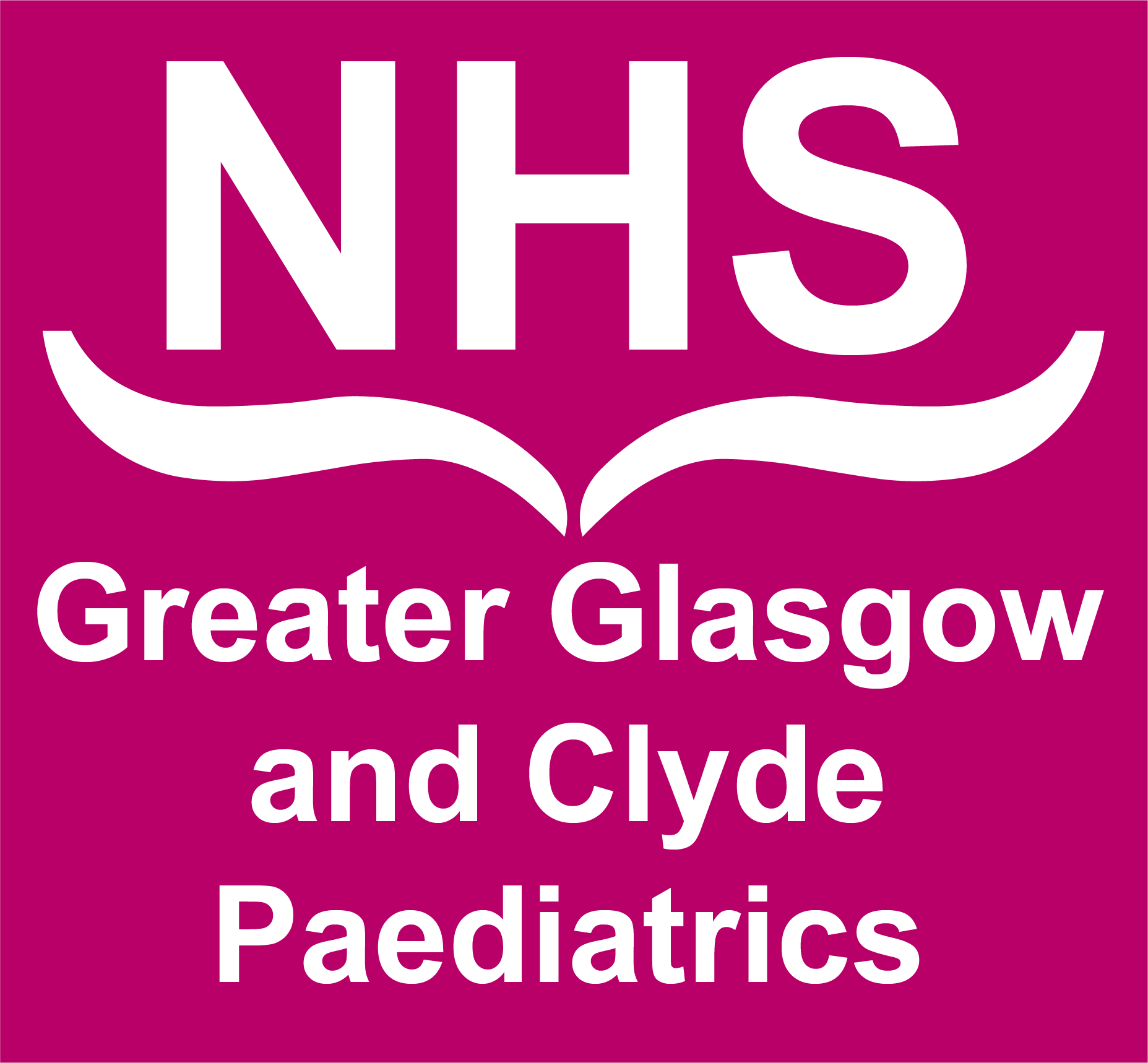| Inadequate glucose intake/production? | OR | Excessive glucose consumption? |
- Starvation
- Malnutrition
- Sepsis
- Malabsorption
- Ketotic hypoglycaemia “accelerated starvation”
- Glycogen storage disease
- Galactosaemia
- Organic acidaemia
- Carnitine deficiency
- Acyl CoA Dehydrogenase deficiency
- Hyperinsulinism
- Hypopituitarism
- Growth hormone deficiency
- Hypothyroidism
- Congenital adrenal hyperplasia
- Hepatitis
- Cirrhosis
- Reye Syndrome
- Aspirin
- Alcohol
- Insulin
- Valproate


